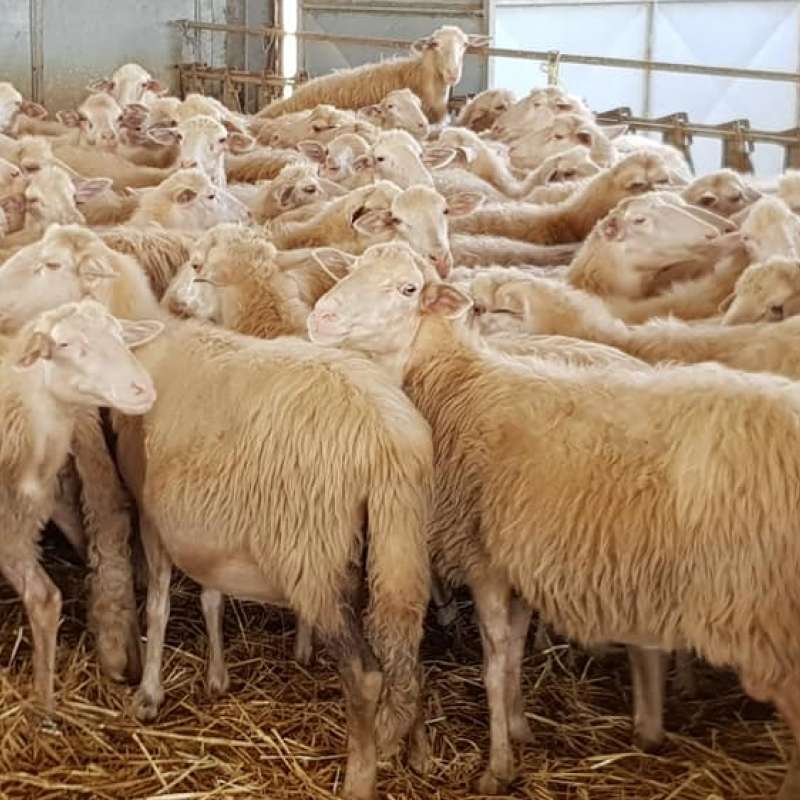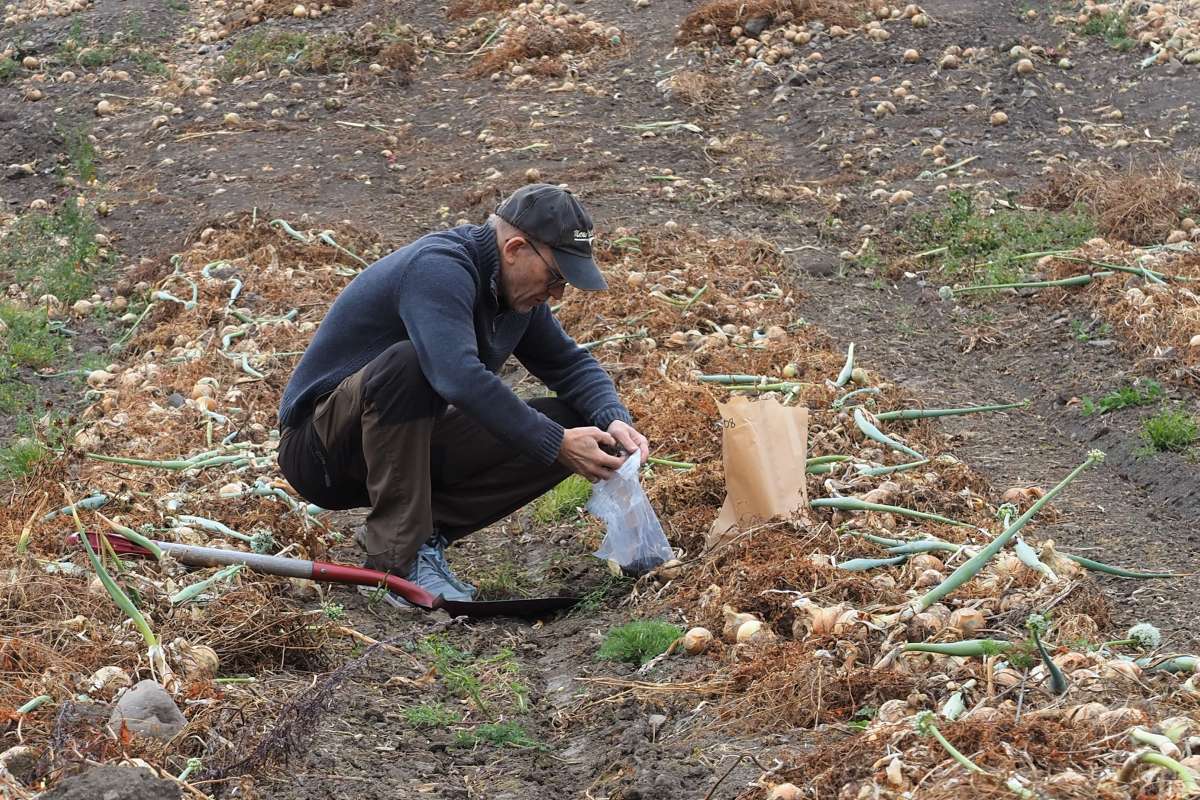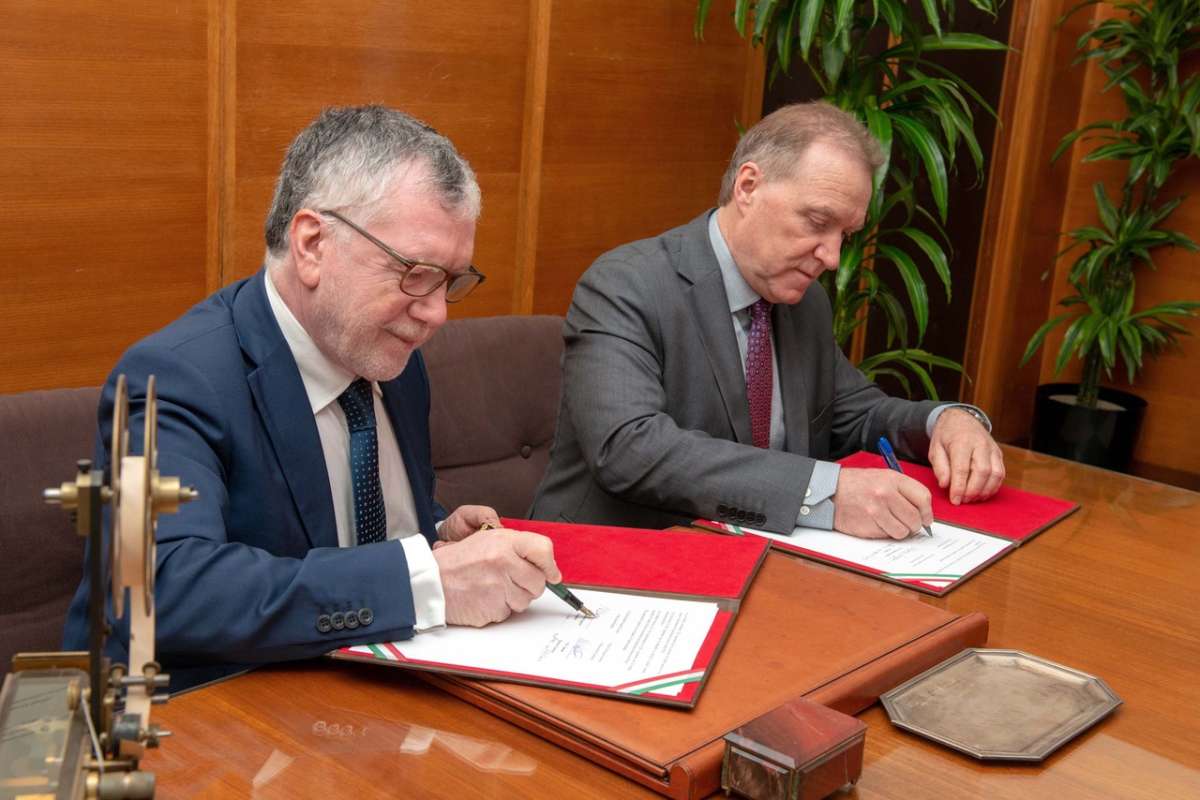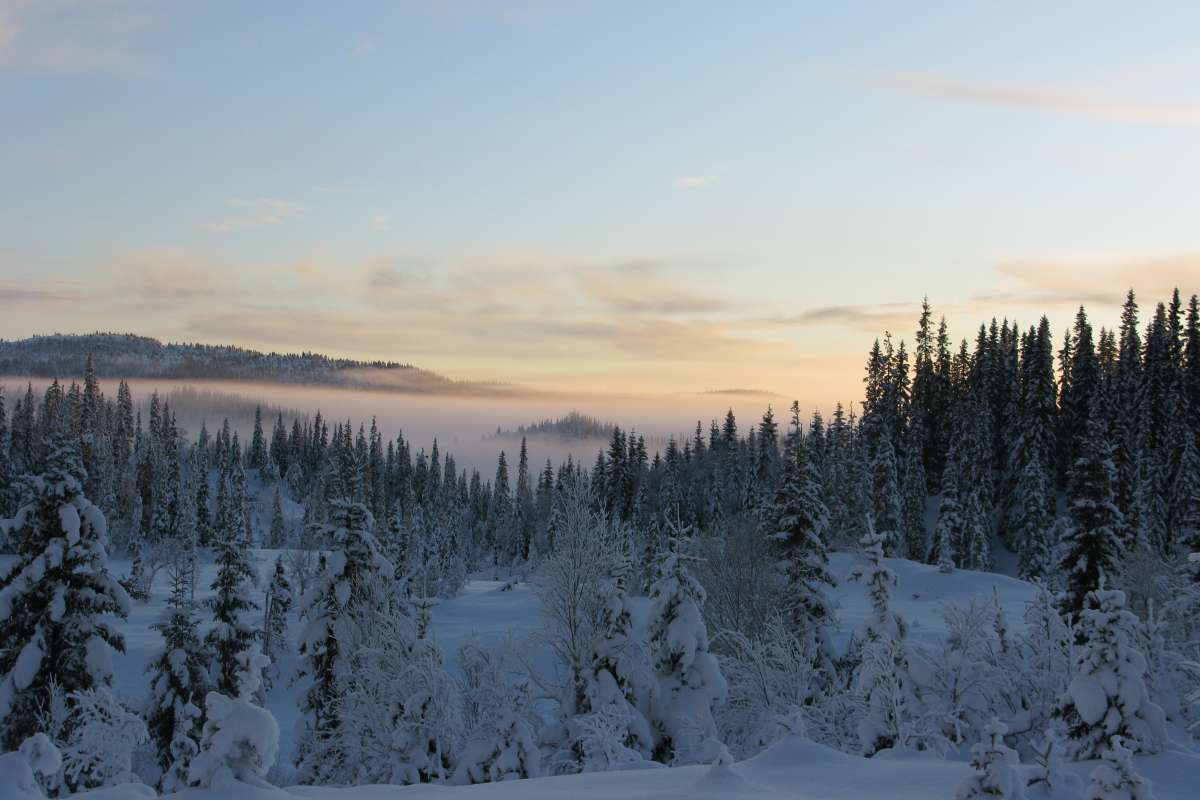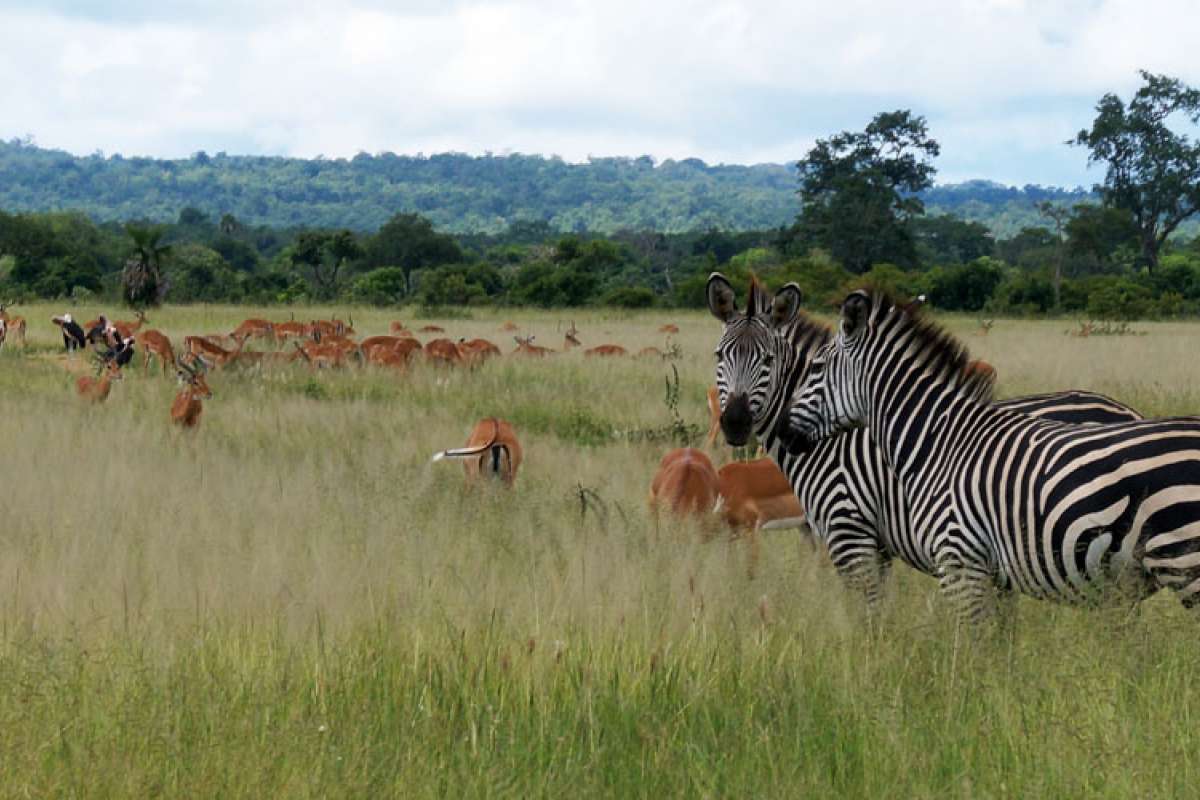Norwegian researchers contribute to more climate-friendly sheep farming in Sardinia

Sardinia holds almost half of the sheep in Italy. Photo: www.colourbox.com
Researchers from Norway and Italy are aiming for a more climate-friendly sheep farming. Despite major climatic and operational differences, there are some similarities that provide a basis for important exchange of expertise.
With its 24,000 km2, Sardinia is the second largest island in the Mediterranean. For thousands of years Sardinia has specialized in sheep breeding, and today the island has one of the highest sheep densities in the world. More than three million sheep graze here, almost half of all the sheep in Italy. By comparison, Norway has around two million sheep on pasture.
Sardinia is a mountainous island with great grazing potential, especially in the highlands. The lowlands, on the other hand, offer fertile soils well suited both for grazing and for intensive farming. However, with so many sheep in a relatively limited area, the animals must be fed with both roughage and concentrated feed.
Northern Norway and Sardinia represent different climate zones and different production systems. The sheep in Norway are primarily used to produce meat and wool, while the sheep in Sardinia are primarily used for milk production. Despite these differences, the researchers have found learning opportunities and value in knowledge exchange.
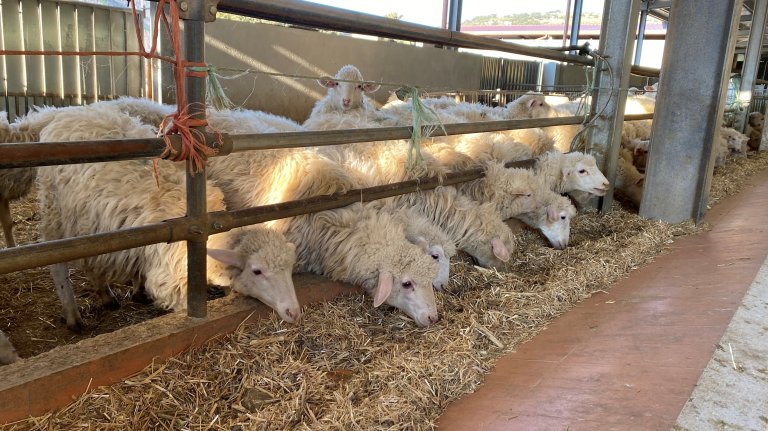
Knowledge exchange on greenhouse gases from grazing animals
In 2022, project manager Vibeke Lind and research technician Jon Asbjørn Johnsen, both from NIBIO, travelled to Sardinia. The aim was to exchange experiences with Italian researchers about more climate-friendly sheep farming, and to provide direct guidance in greenhouse gas measurements from sheep at pasture.
“We have gained many useful experiences that are worth sharing”, says Dr. Lind.
For the past years, she has strengthened NIBIO's expertise in measuring greenhouse gas emissions from sheep. From NIBIO Tjøtta in Northern Norway, she led the first research project in Norway with a respiration chamber for greenhouse gas measurements from sheep. In addition, the researchers measured greenhouse gas from sheep on pasture using the SF6 tracer gas technique, a method where the animals wear a halter with a canister that collects gas emitted from the sheep's burp.
“The SF6 method on grazing animals has been shown to give measurements that correspond well with controlled measurements in respiration chambers”, says Dr. Lind.
“The various methods have their advantages and disadvantages. Measurements made in respiration chambers limit the sheep's natural grazing behaviour. On the other hand, we have poorer control of feed intake when sheep are grazing. During the experiments at Tjøtta, we collected feed samples from the pastures. This provided a basis for viewing feed analyses in connection with measured methane gas emissions.”
“Our hypothesis is that grazing animals emit less greenhouse gases than when they are fed roughage and concentrate in the barn”, says Dr. Lind.
Development in the grazing industry
In Sardinia, as in Norway, there has been a gradual development in the grazing industry towards a more efficient production. The sheep are often kept in the lowlands instead of grazing in the mountain areas. This leads to overgrowth in the highlands, like what we see in Norway.
“Traditionally, in Sardinia the soil is turned over every year for grass production. This means more use of fertiliser, more processing, and more machineries on the land. All this contribute to higher greenhouse gas emissions from the soil, compared to the use of perennial plants and turning the soil every three years. In this type of production system, mixtures of grasses and meadow legumes such as clover are important”, says Dr. Lind.
On their visit to Sardinia in 2022, Lind and Johnsen brought equipment for the SF6 technique with them. Through the collaboration, local researchers received training in the method for measuring emissions from sheep grazing on annual and perennial pastures.
“Measuring greenhouse gases from animals in mountainous areas is difficult. We want to continue the collaboration with the researchers in Sardinia. We believe that this will give us important knowledge about greenhouse gas measurements from sheep under different operating systems to benefit both nationally and internationally”, concludes Dr. Lind.
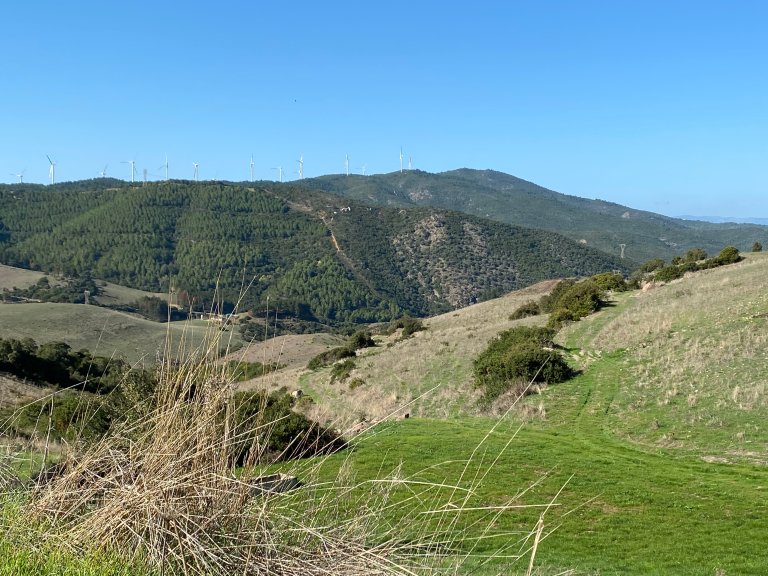
Contacts

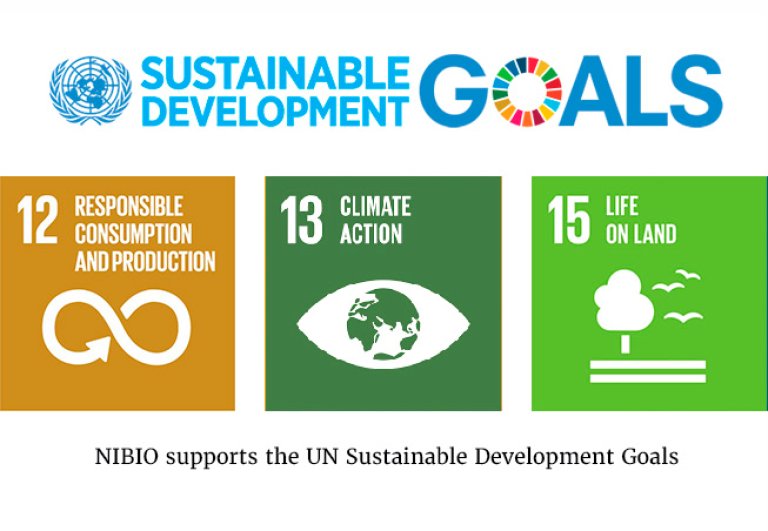

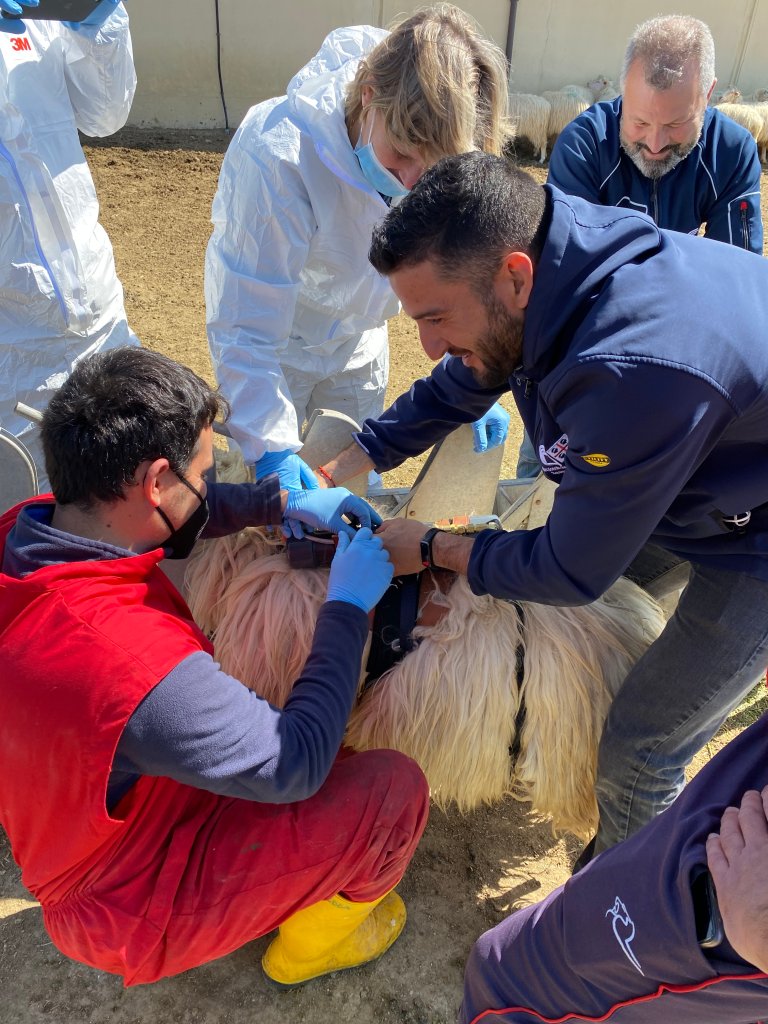
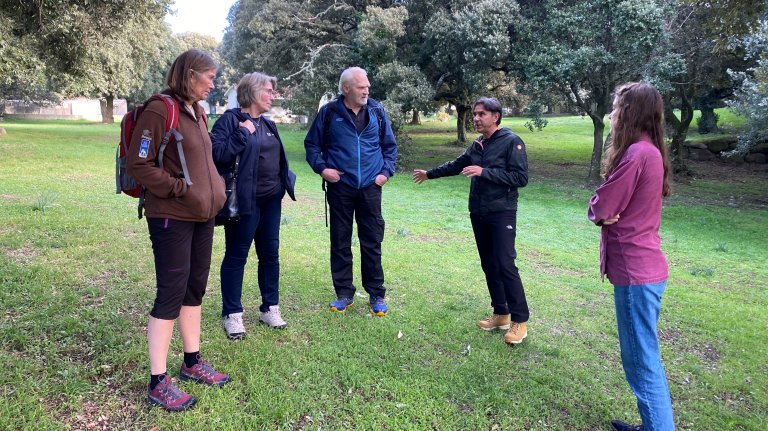
Contacts


